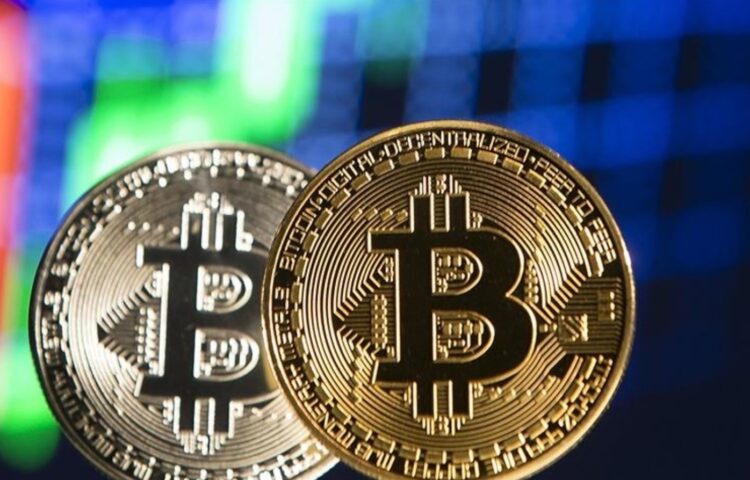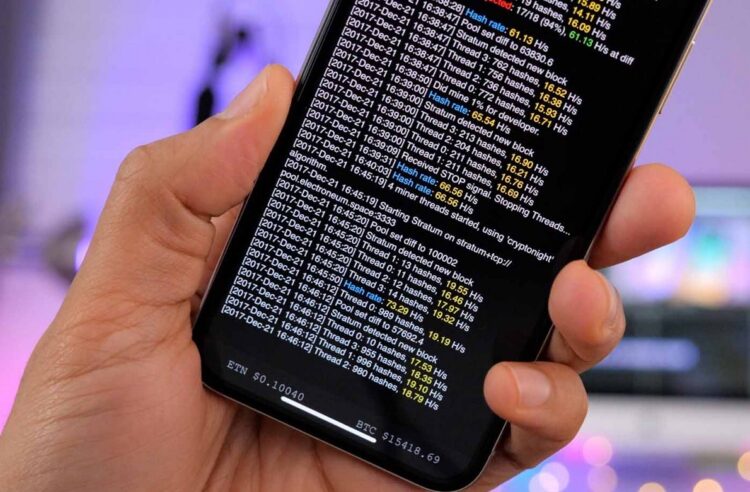The primary objective of cryptocurrencies and the decentralized finance (DeFi) ecosystem is to build a society where everyone has access to financial services – transactions, payments, savings, loans, and insurance – in an affordable and sustainable manner. The recent rise in popularity and adoption of digital currencies has indeed resulted in advancements in economic growth and freedom. Crypto assets are known for being easier to access than traditional assets like fiat currency or stocks, which require traversing unnecessary bank and government regulations. However, the promise of financial inclusion is still a long way off. Predominantly, because the development of DeFi projects and applications has lagged far behind and is currently only confined to small communities.
It’s not as if blockchain technology has any severe flaws. In fact, many people today are bursting at the seams with innovative ideas, eager to use the power of decentralized finance to create dapps (short for Decentralized apps). However, in order to create these dapps and their components, such as smart contracts, you need to write code in a programming language. There is an incredible scarcity of qualified engineers who can write such code. As a result, the growth of DeFi ecosystem has remained stifled.
To overcome this challenge, no-code development platforms have been introduced. These platforms allow you to create Dapps and tokens with no or minimal coding knowledge. Users can design applications using an intuitive interface by selecting and configuring appropriate options. The entire user journey is made extremely simple through guided navigation and appropriate recommendations. Because almost anyone can use them, no-code platforms can democratize crypto development and make it accessible to everyone. No-code token generators are the first of such platforms, allowing for quick and easy crypto token creation.

Concept of No-Code Token Development
The most common way to code a token is to code according to the standard specifications like ERC-20 for Ethereum blockchain or BEP-20 for Binance Smart Chain. Such code implementation of the entire specification, also known as smart-contract, needs to be written in the Solidity programming language. Some of these specifications are simple, such as specifying the total supply of a token, but today’s tokens necessitate sophisticated trading controls and mechanics, such as liquidity generation or hyper-deflationary buybacks. You’ll need a solid understanding of solidity programming to do so. Solidity, on the other hand, is difficult to learn and requires a significant amount of time. There isn’t enough talent in the market with this skill, causing a major bottleneck for crypto project launches.
No-code token development platforms solve this problem by providing a user-friendly graphical interface. With just a few clicks and selections, you can create advanced tokens. There is no need for coding. While the first generation of these platforms only allowed for the creation of basic tokens, the third generation platforms, which were just released, now allow for modern tokenomics.

Advantages and Drawbacks
Before we get into the features, let’s talk about the platforms’ benefits. For starters, they are extremely quick. In a matter of seconds, your token will be generated. They’re easy to make; there’s no need to spend hours upon hours learning Solidity and scouring forums for help when you get stuck. Using these platforms, which are usually very affordable, can save you a lot of money and time.
These no-code platforms have a lot of potentials, but they’re not without flaws. Even though many advanced mechanics are now available out-of-the-box, their flexibility is still limited, and they may not be appropriate in situations requiring significant customization. The new generation of token creation platforms is bringing in highly customizability, and innovations are in the works to address current limitations.

Available platforms and features
Let’s take a look at some of the no-code token minting platforms. The first ones, with basic capabilities, were launched last year in 2020, and the most modern ones were just launched in 2021.
Basic platforms of the first generation
The first generation of platforms, such as Unicrypt Network’s token minter, only allows basic parameters like name, symbol, and supply to be specified. Because they were the first to market, they could charge a premium. However, they have fallen behind the times and are now only used to mint new tokens as part of a platform’s package deal.

Template-based platforms of the second generation
As a result of the release of tokens with advanced tokenomics such as fee rewards to holders or automatic liquidity generation, a new breed of token generator platforms has emerged. These platforms work by cloning a popular token’s source code and allowing users to specify key parameters. DxMint is one of these platforms, and it currently offers three templates: a basic one, a yield or fee reward template, and a liquidity generation template. However, because of the many isolated templates and lack of a single view of all the features, these platforms can be confusing to new token creators. You may also wish to combine the best features of several templates, which is clearly not possible. Such platforms are currently the most widely used due to the lack of a better alternative.
Modular platforms of the third generation
Platforms capable of combining all of the best financial mechanics and features into a single template have begun to emerge. Token developers can pick and choose which features they want to include in their token because it is built on a modular architecture. The Mudra Platform to create BEP-20 Token is one such generation three platform. Whale limits, static rewards, deflationary automatic token burn, automatic liquidity generation, and hyper-deflationary buyback are among the advanced mechanics available. Rather than being limited to pre-canned templates, it allows token creators to pick and choose which mechanics they want to include in their tokens. Token creators can now use these platforms to create a SafeMoon-style token or an EverRise-style token. They can even combine the best features of both tokens into a single token. Please learn more at https://mudra.website/launcher.

Platforms of the future
In the future, these platforms are expected to become even more flexible and extensible. They might even allow token creators to create their own mechanics rather than relying on the most recent ones. The promised future has begun to unfold, and we are watching these platforms evolve with interest.
Conclusion: Developing an all-inclusive cryptocurrency ecosystem
Token creators who do not program have a much easier time launching their tokens thanks to no-code token development platforms. The third-generation platforms have revolutionized this journey by offering a modular platform that allows you to pick and choose the features that best suit your needs. Everyone can now create their own one-of-a-kind cryptocurrency token. As a result, a slew of new products and tokens are launching on blockchain platforms like BSC and Ethereum. These tokens can be found in a variety of projects. Some are charity crowdfunding tokens that are used to collect donations for a specific cause, while others are utility tokens that grant access to a blockchain-based product or service to the holder. Many are Payment tokens, which act as both a medium of exchange and a store of value. With this new generation of No-code Token development platforms, the possibilities are truly endless.
The post New Generation of No-Code Platforms is Democratizing Crypto Token Development appeared first on FotoLog.
from FotoLog https://ift.tt/2VsMifn
via IFTTT


0 Comments